Tilly and I were surprised, when we arrived at Wimpole Hall for our morning walk, to find about three hundred people in brightly-coloured footwear also arriving at the same time. It was some kind of running event.
Though it was a gorgeous morning and location for doing it, this isn’t an activity that has ever particularly appealed to me, for two reasons. The first is that I learned at school that I couldn’t run to save my life, nor, therefore, partake effectively in any sports which depended on it. This was made clear to me through that strange Darwinian process, peculiar to the school environment, known as Humiliation of the Weakest.
But the second reason is that almost everyone I know who did much running in their youth suffered for it in later life. Running is a system for improving the health of your heart, lungs and arteries at the expense of your knees, legs and feet. This is possibly a trade-off worth making: your life will probably be longer, though you’re likely to spend more of it on an electric scooter in your later years. But unless you actually enjoy it, there are better ways to get fit, and that trade-off is only worth making, I would suggest, if swimming or hiking don’t appeal!
Still, it does appear to be the fad of the decade. On my morning dog-walks across Grantchester Meadows I encounter more joggers these days than cyclists or other walkers, something which would never have been the case a few years ago. And I think a big part of this must be the advent of phones, watches and fitness bands which bring more immediate gamification to what would otherwise be a somewhat tedious and often solitary activity. You can compete against your devices, even when there’s nobody else around, and we humans do respond well to a challenge!
Now, there may be some other reason. I don’t really watch TV, so for all I know there may be some popular ‘Celebrity Jogging’ programme that’s been topping the charts in recent years. But, if it is really down to the gadgets, then they aren’t going to vanish, so perhaps this isn’t just a current trend whose favour will ebb and flow like, say, skateboarding, but a more fundamental and long-term change in the popularity of running.
In which case, it may be time to buy shares in Nike. Or in electric mobility scooters.
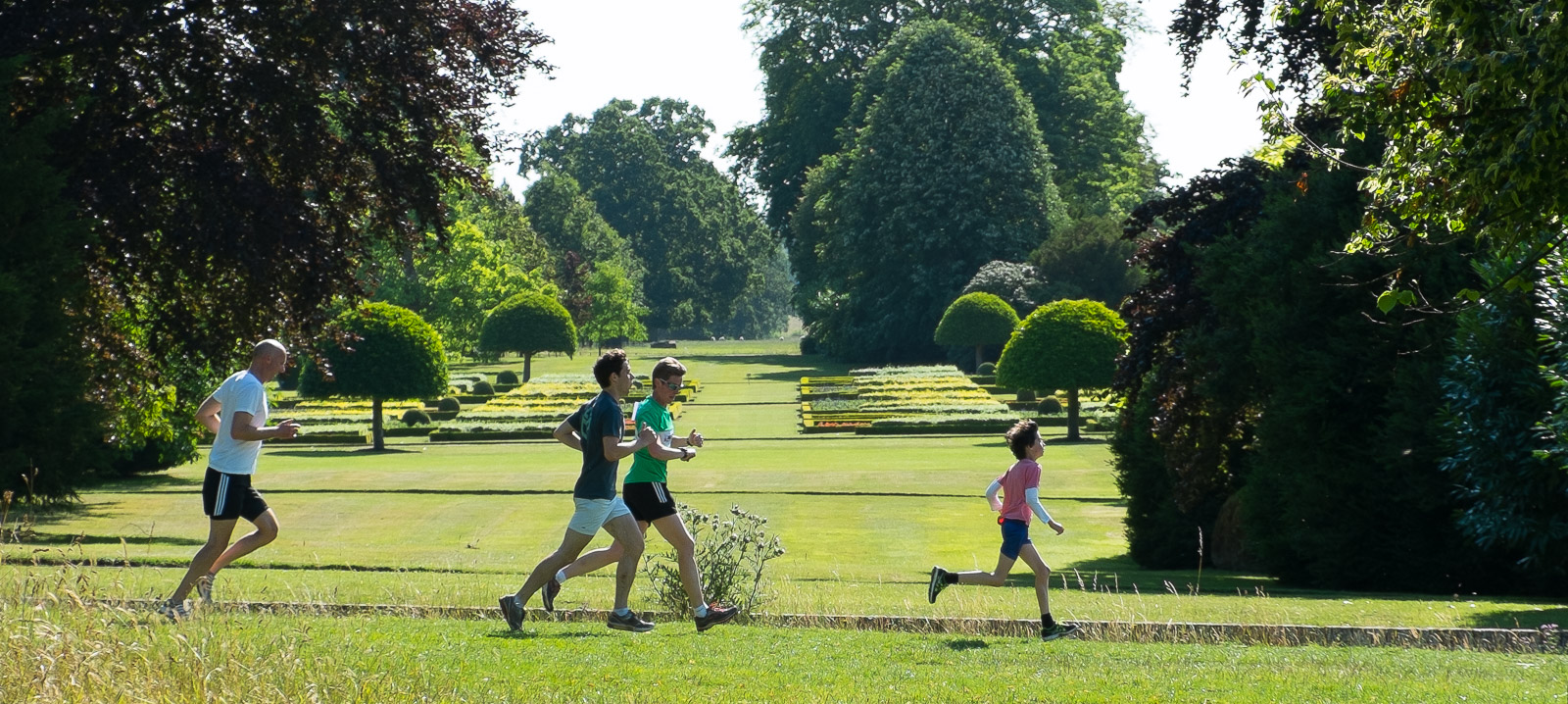
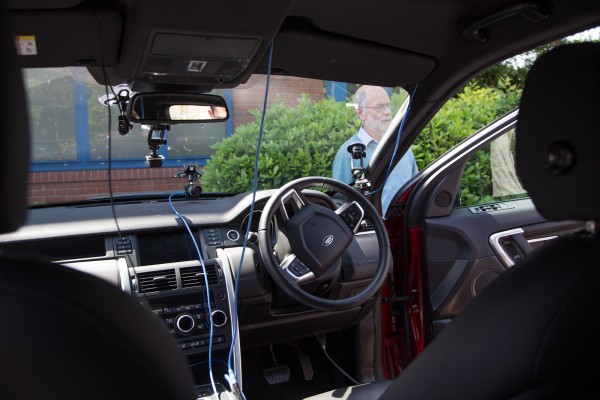


 I thought
I thought 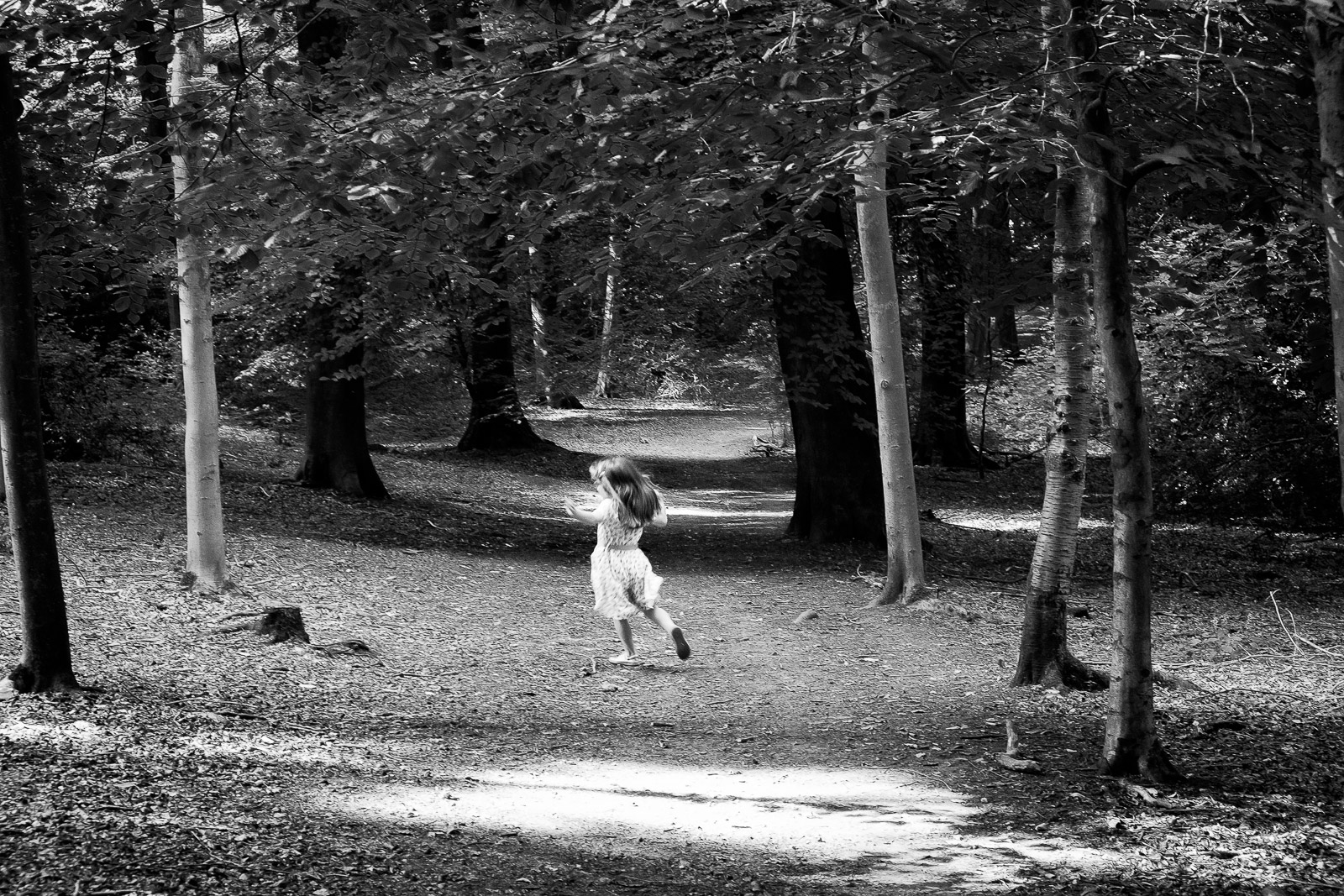






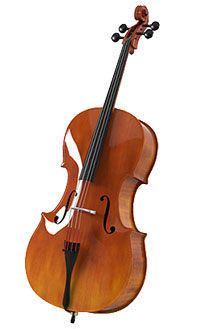 I’ve never yet paid for a streaming music service. I greatly enjoy music, but seldom listen to much these days, and when I do, it’s generally in the car, where such services are normally of limited use. At home, I can’t really listen to music and get any work done at the same time, though I sometimes try to persuade myself otherwise. And when I’m not working, I’m more likely to be listening to podcasts or audiobooks.
I’ve never yet paid for a streaming music service. I greatly enjoy music, but seldom listen to much these days, and when I do, it’s generally in the car, where such services are normally of limited use. At home, I can’t really listen to music and get any work done at the same time, though I sometimes try to persuade myself otherwise. And when I’m not working, I’m more likely to be listening to podcasts or audiobooks.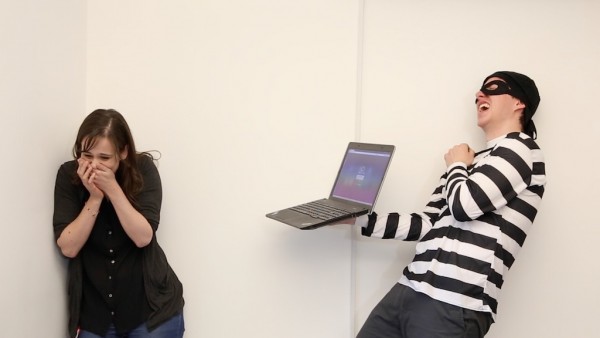

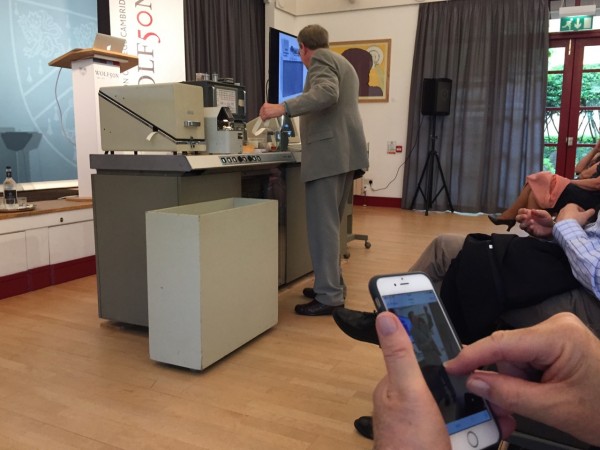
Recent Comments